Art that Challenges and Reveals the Human Condition
By Regina Hoo
PENANG PROFILE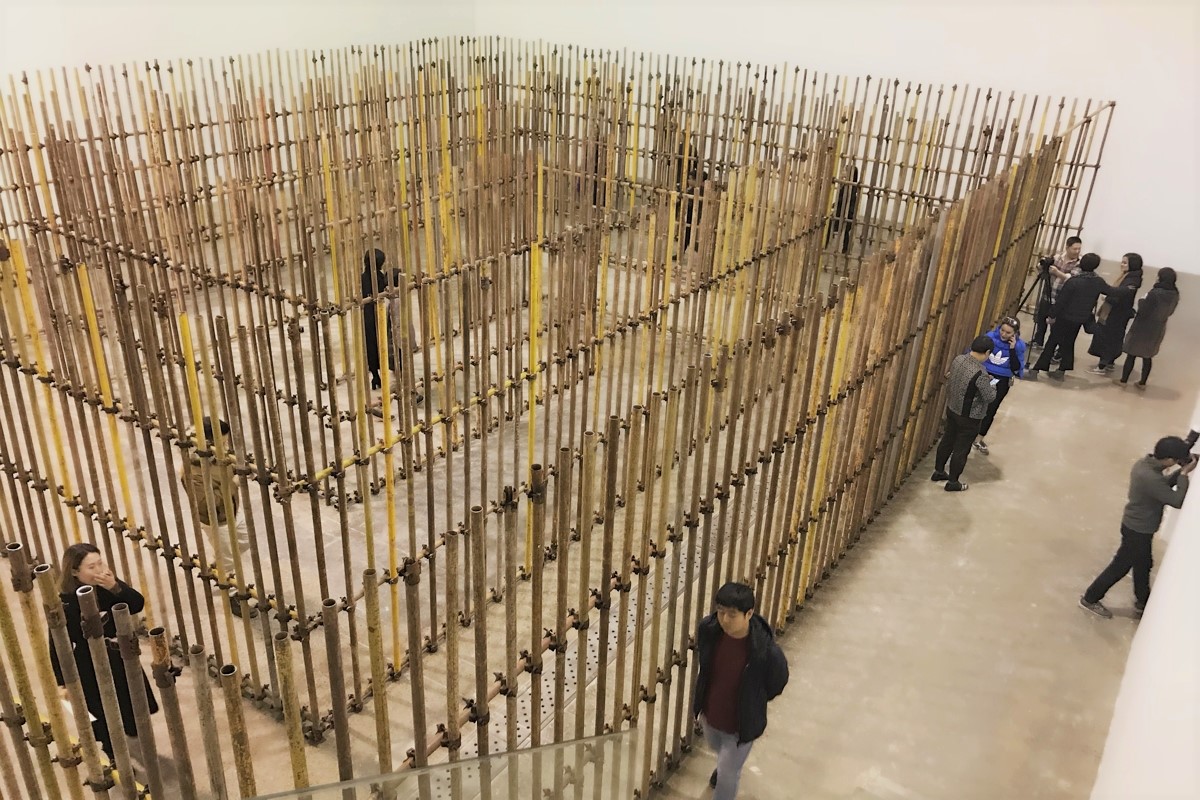
PENANG-BRED MULTIDISCIPLINARY artist HH Lim has a natural insouciance about him, but age and experience from years abroad have humbled his opinion on Life somewhat. Minutes into our two-hour long conversation, he offers me his first astute aphorism, “Life’s a meandering journey, never the point of arrival. It is sophisticated and intimate in its unpredictability and upheavals.”
Lim had not anticipated that a holiday to Rome in his youth would leave him captivated by the burnished colours of the city or that he’d be basking in its la dolce vita for the next 45 years. “An idea, a goal you have nurtured may take a day, a few months or probably even 10 years to realise; but the point is to let yourself be open to them all, to let yourself be free to live in the moment.”
Lim takes the same approach in his art; he collects observations, agreeing with some, contradicting others and even reversing his initial stance in some cases. He takes them all, and casts them in multiple mediums of presentation. “Giak kay[1] is what it is,” Lim says simply. “But it’s also ridiculous to devote myself to only one form of expression when my interests have branched out and evolved over the years. In all likelihood, flower painting may be a commercially lucrative business, but after 10 years of doing the same ol’ thing, I’d grow bored.”
Intrigued by the mind-body connection, Lim began experimenting with performance art. For his entry in the 2016 Singapore Biennale, Enter the Parallel World saw Lim balancing atop a basketball in one frame, before toppling over in the next. “It is impossible to learn how to perfect your balance on a basketball and not tip over and hurt yourself. But when one is young, there is an understanding between the mind and body; the body, on obeying the mind, pays little attention to the pain sustained. I trained for many years and stood on the ball for more than a half hour for the performance.
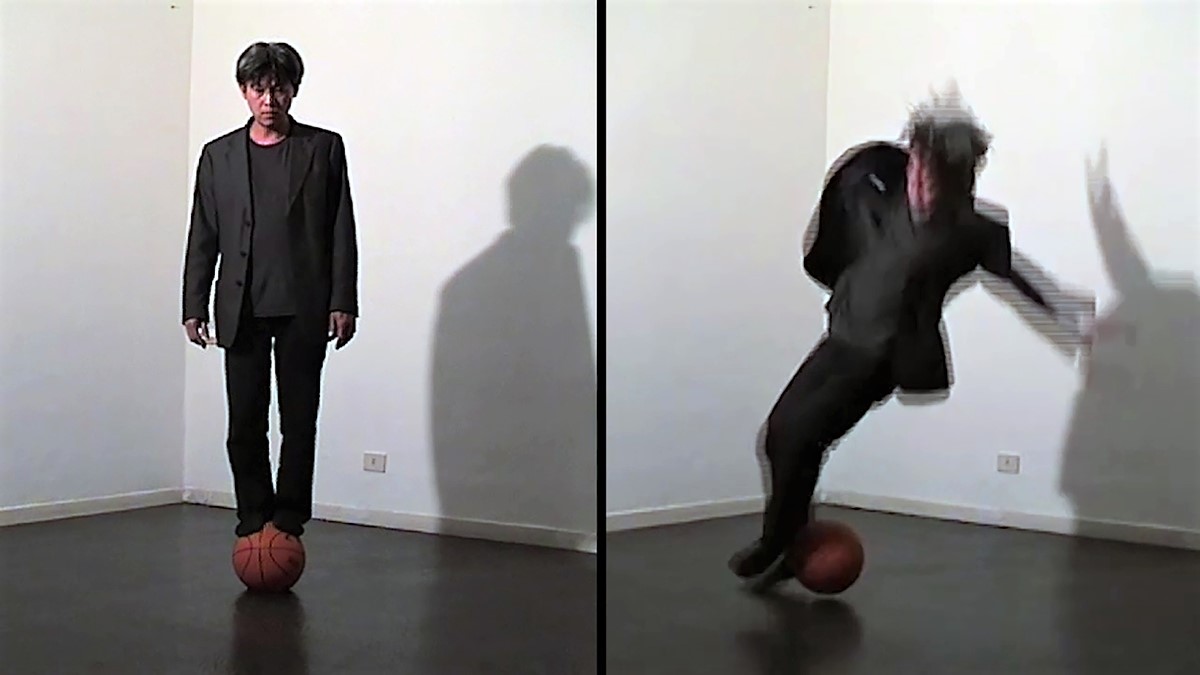
“The elevation of your ‘height’ is also indicative of your status in the art world, for being bold enough to experiment. This is, of course, another way of looking at it. You’re lauded, praised as a creative genius, but in it lies the addictive danger of thirsting for more success. What happens when success is replicated again and again, leading to the artist’s inevitable plateau? When I diverge from a medium, I’m aware of what’s to come, of why I was compelled to such extremes in my creation and of the ensuing reaction.”
His Red Room performance during the Tirana Biennale in 2005 caused quite the stir when Lim nailed his tongue to a table, similar to how devotees during Thaipusam have their bodies pierced. The idea came as a memory wisp, “I was a very talkative child and my mother, to stop my constant chattering, had warned that she’d one day nail my tongue to a table. That incident became the basis of my interest in sign language. When verbal communication is rendered impossible, how does one communicate then?”
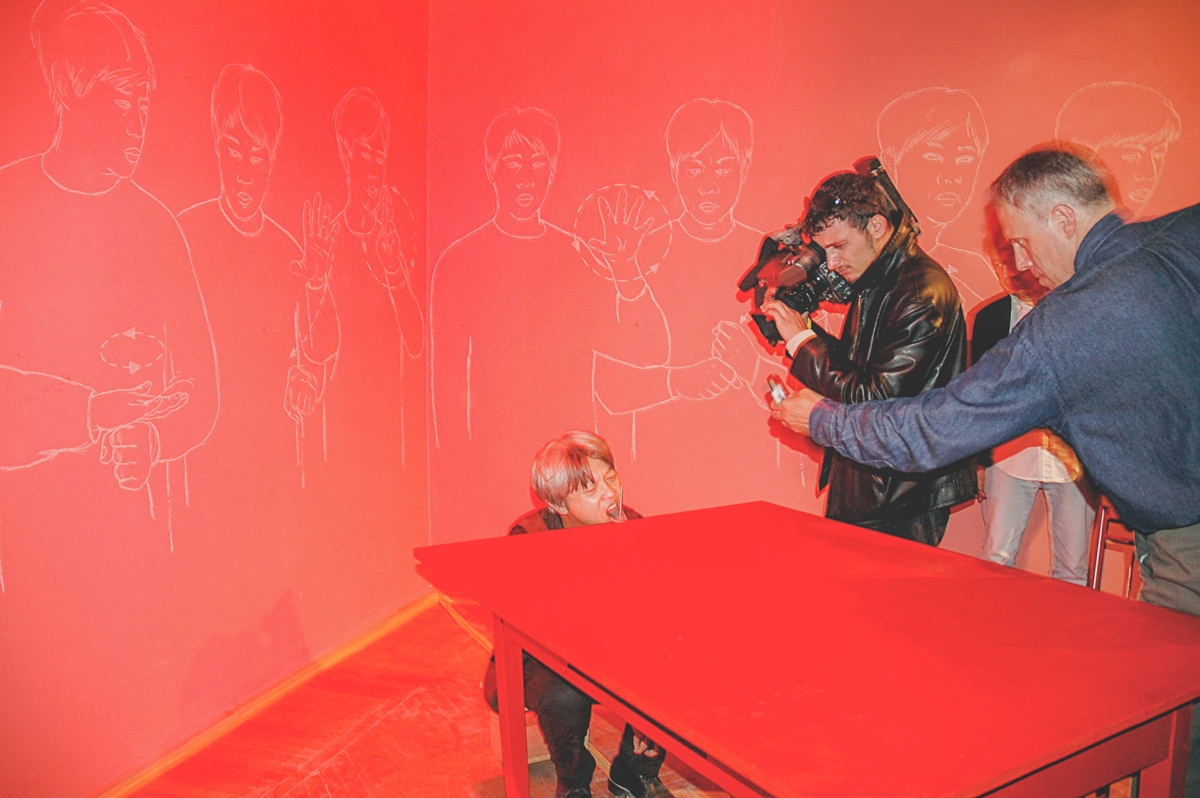
There are multiple ways of deciphering Red Room: “In the West where they are free in their speech, so free that perhaps there are moments when there is the need to nail their tongues to a table; or in the East, where limited speech freedom prevails because of said nailed tongues; or even by itself, when the performance comes alive as a symbol of things unsaid or cannot be said.”
Our discussion on his performance art returned to Enter the Parallel World when Lim explained that he has come to view his fall from the basketball as “a successful failure”. “I need to fail, but experience teaches one to steer clear of it. But if I like to fail, what use do I have of experience?” he muses. “Maybe it’s just like Picasso’s intense longing to again paint like a child, but knowing that this is impossible now because of his stature; he has matured from innocence. I’m trying to return to that stage of purity in my failures, but creating art from disentangled experience is not easy.”
Lim allowed me a deeper reach still into his psyche as the conversation turned to one of cornered creativity. “I’m always daunted going into the studio to work because every year feels like an examination of your ability to create. How much higher still are you able to rise? Are you still as tenacious as before, when your ageing body has turned defiant against your energetic mind?”
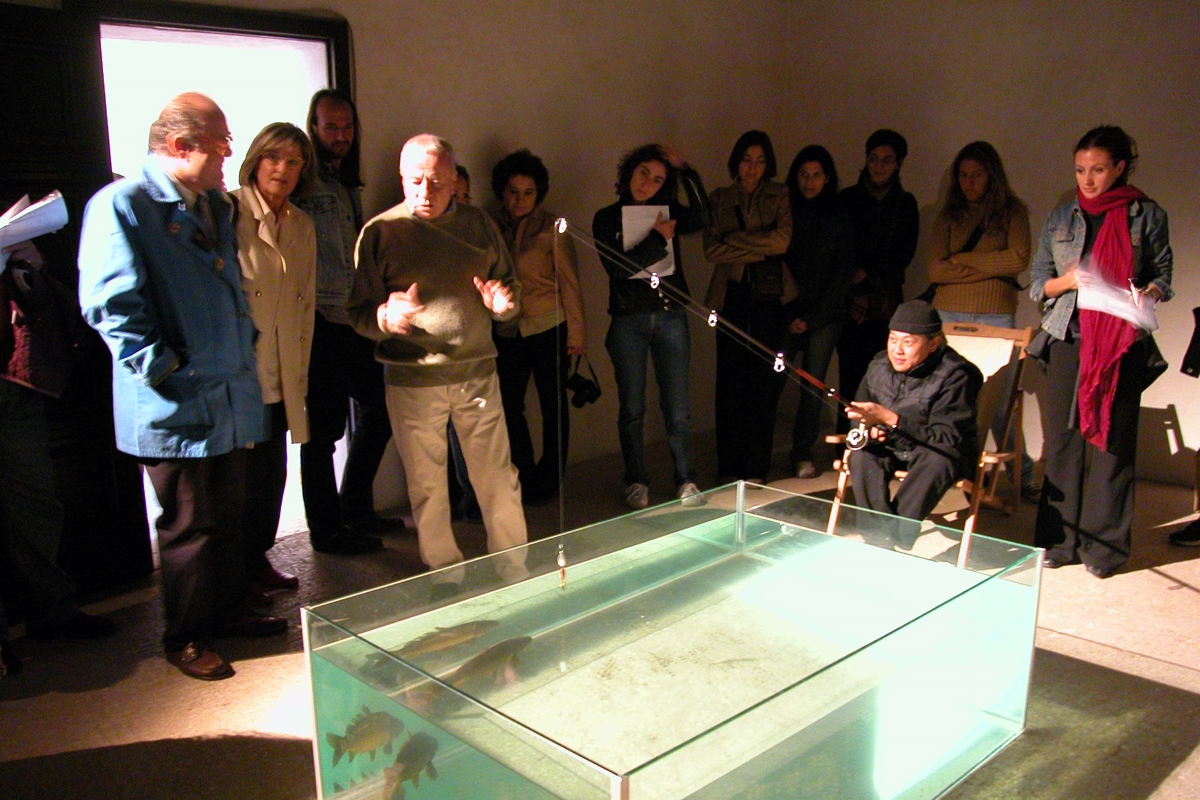
His visit to Penang after two years away was a cathartic slumber for the mind and body, Lim says. “Maybe it’s a kind of depression, I suspect, but I’ve just been wanting to sleep. Or maybe, it is me subliminally working on my next performance art, in learning to sit with sadness the world has been plunged into.”
Lim uses human sentiments generously for muses. At the Galleria Nazionale d’Arte Moderna e Contemporanea in Rome in 2011, he dreamt The Cage, the Bench and the Luggage from the simple idea of creating a seating space for visitors, but he made to expose human’s fear-fuelled avarice as well. “Which do you think is the treasure here? The exhibition’s paintings or what’s hidden in the chained and padlocked luggage? And if it’s the latter, why do we go to such extremes to keep hidden treasures? Should they not be openly admired?” Three years later, at the Wei-Ling Contemporary, Ringgit notes, gold jewellery pieces and an expensive bottle of Chanel perfume were all but swept into a dust pan at Lim's The beginning of something exhibition.
“Obviously, I can’t tell complete stories of my Life’s journey or of my encounters with people, but what I can do is transmute a feeling, an emotion, a sentiment and turn it into art, a higher calling.”
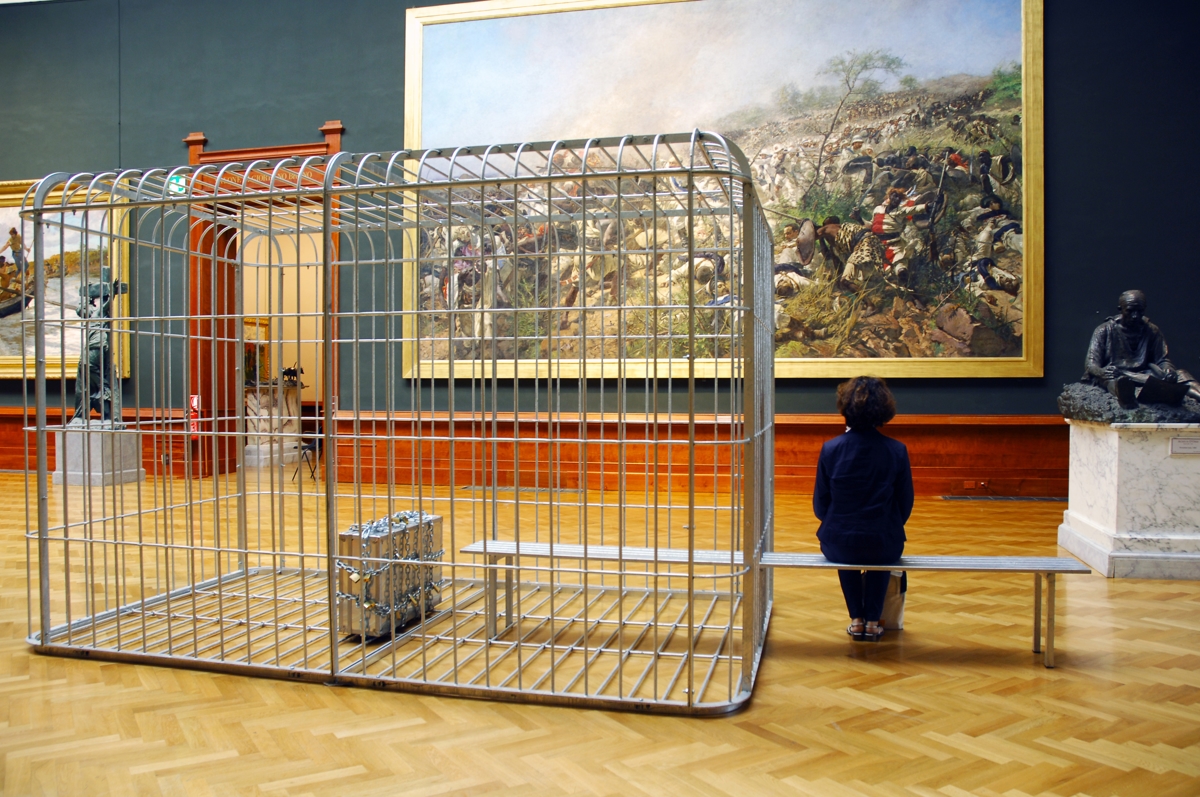
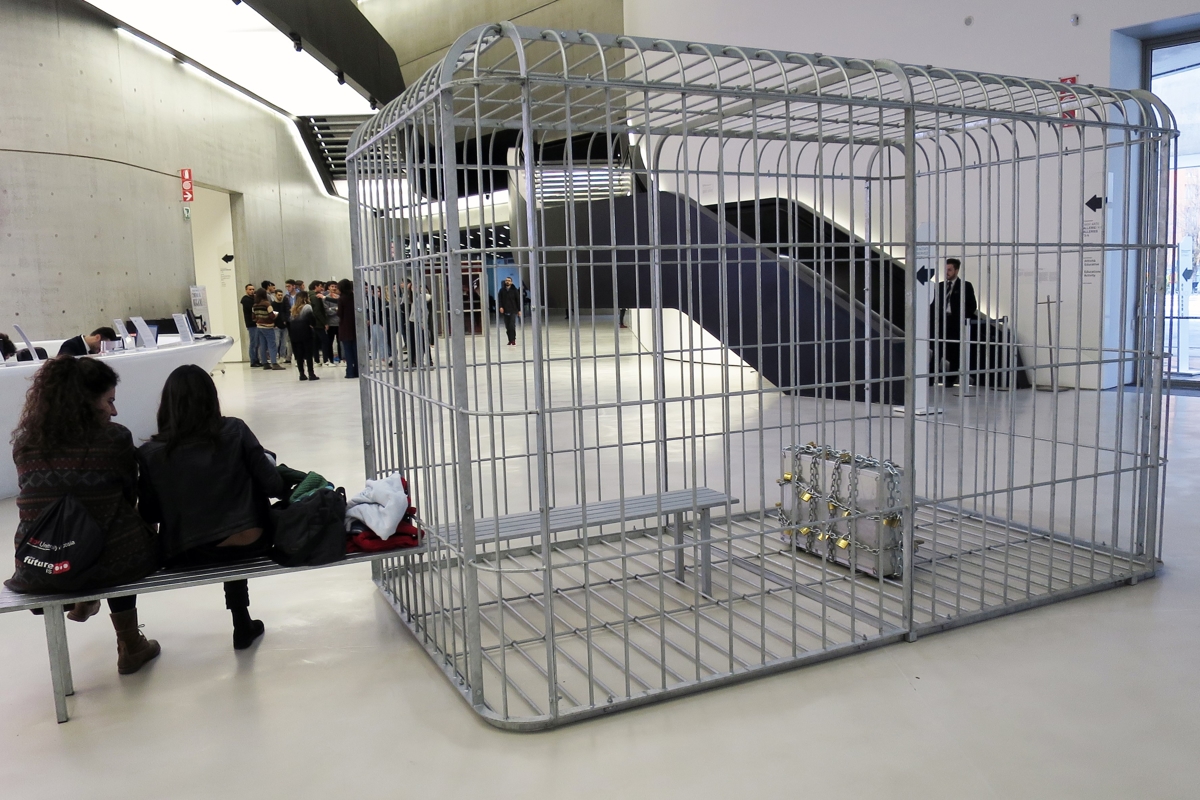
Footnote:
[1] In Penang Hokkien, this means taking on unnecessary burdens.
Regina Hoo

is the deputy editor of Penang Monthly.



